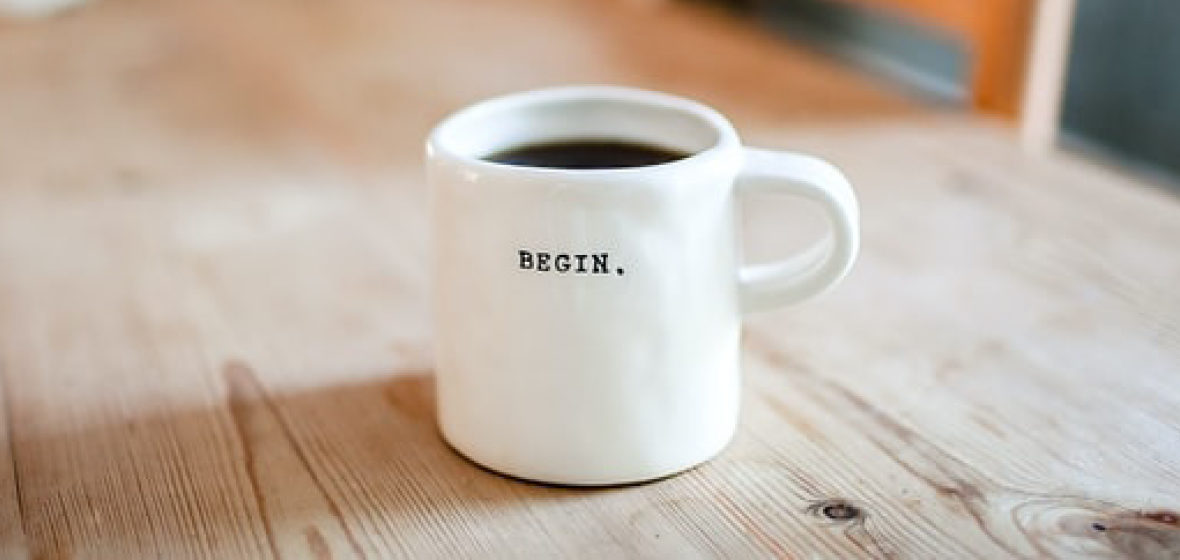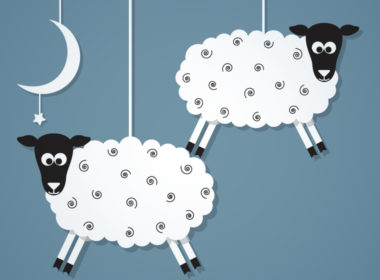Whether you’re a morning lark with late calls or a night owl expected at early meetings, a busy career often means you need to work outside your most alert time.
For every morning lark who wakes early and gets to the office before peak hour, there’s a night owl who’s most productive in the latter part of the day. Conventional wisdom suggests the early bird gets the promotion, but what of the people whose body clocks simply run late? Not to mention morning folks who need to work late and struggle to stay awake.
Indeed, there are individual variations that influence when we’re most alert, and these differences can have a significant impact on performance. But it’s not all bad news if you need to be switched on at a time that’s not in keeping with your natural rhythm.
Early versus late
Why some people rise before dawn, arrive first at the office and get through an impressive amount of work before 10am – without needing coffee – and others are at their most efficient after the sun goes down and everyone else has left for the day has a lot to do with what experts call your ‘chronotype’. “Chronotype is related to what time you sleep: are you a late sleeper or an early sleeper?” says Professor Christopher Gordon from the Woolcock Institute of Medical Research. “If you’re generally an early riser and feel as though you can get going with your day, you’re more of a morning person. If you like to stay awake at night and work at night, you’re more of a night person.”
As a general rule, morning larks tend to go to bed earlier and wake earlier – and have trouble staying awake at night – while night owls go to bed later and wake later. “If you’re a late person, you’re going to have trouble getting out of bed in the morning,” says Dr Tracey Sletten from the Turner Institute for Brain and Mental Health at Monash University. There’s also an intermediate cohort whose behaviour lies somewhere in between the two extremes. Evidence shows chronotype has a strong genetic basis, says Sletten, but it’s also largely influenced by lifestyle and schedule. It also shifts over your lifetime. Most people are morning larks in childhood, night owls in adolescence and young adulthood, and gradually transition back to morning larks by around age 60.
Evidence shows chronotype has a strong genetic basis, but it’s also largely influenced by lifestyle and schedule. It also shifts over your lifetime. Most people are morning larks in childhood, night owls in adolescence and young adulthood, and gradually transition back to morning larks by around age 60.
Out of sync
Working with your chronotype and taking advantage of your personal productivity window can help to improve your performance. And in the age of remote work and flexible hours, accessing this window is more attainable than ever. One UK study published in Sports Medicine – Open found morning larks performed best in cognitive tasks at 8am, while night owls performed best at 8pm.
When you need to work at less optimal times, it can be difficult to concentrate. “If you’re a strong morning person and have to do evening work, you’re going to be tired and your performance – things like reaction time and cognitive skills – probably won’t be as good,” Gordon says.
If you’re a night owl, you’re likely to confront more difficulties as the morning meetings and client calls of a typical workday still greatly favour morning larks. A recent study published in Occupational & Environmental Medicine reports the odds of underperformance at work were twice as high among night owls as they were among morning larks — in both genders — even after taking account of sleep duration and working hours.
It’s a pattern replicated in most structures of our society, with research revealing night owls often have poorer overall health than morning larks. They’re unable to fall asleep early enough to get the recommended seven to nine hours of sleep and keep regular hours. “It also means the time you’re waking to try to function early in the morning is during the period where your body clock is basically telling your body that it’s time to sleep,” Sletten says. “So, you may have trouble concentrating, your ability to communicate might be impaired, you would find it more difficult to make decisions and your reaction time might be impaired.”
Shift work
It’s believed chronotypes are relatively fixed, depending on your age, but it is possible to make small shifts to the timing of your body clock. “If you’re required through your job to not work to your ideal timing, you can put some steps in place to try and make your body align a little better with the times that you’re required to function,” Sletten says.
According to the experts, there are two vital things you can do: manage light exposure and stick to consistent sleep and wake times. The most important signal for your internal body clock is light. “If you’re more of a night person and you’re trying to help yourself to function more effectively earlier, get out of bed and get a good dose of natural sunlight,” Gordon says. “At the other end of the spectrum, go through a wind down period before you go to sleep where you stay away from bright light, including from smartphones.”
The reverse can be helpful for morning larks – keep the blinds closed until later in the morning and turn the lights on later into the night.
As for what time to hit the sack, Sletten says night owls can “start shifting your sleep times to an earlier time and keep it consistent”. Conversely, morning larks can gradually shift to a later bedtime.
She advises against weekend sleep-ins for night owls, which can “make that Monday morning much more of a challenge for you – a bit like jet lag”.




